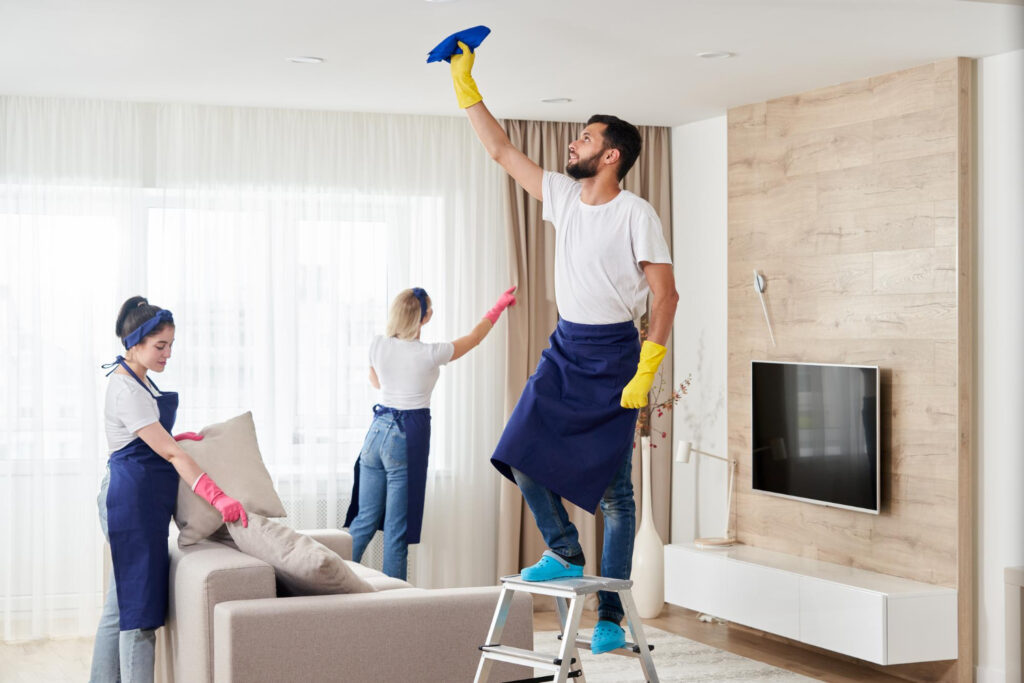Spotlight on a Clean Home
Learn how to beat germs and improve air quality in every room of your home.

The classic “white glove test” to detect dust may not be as popular these days, but cleanliness remains essential for a healthy home. Germs, viruses, and other microorganisms can cause disease even if they are invisible. However, it isn’t necessary to disinfect your entire home to maintain a healthy environment. The real question is, how clean should it be?
Tailoring Cleanliness to Your Household
Consider the needs of your household members. If you have a sick person, very young children, or someone who is immunocompromised, your house may need more attention. This means going deeper with disinfecting—killing germs—and sanitizing, which reduces germs. Both actions help minimize the spread of disease.
In general, keeping high-traffic surfaces clean to remove pathogens and dirt is usually sufficient for a healthy home. Less traveled areas should be cleaned when they become dirty, such as vacuuming rugs and carpets or wiping down windowsills or floorboards with soap and water. These items generally do not require disinfection each time they are cleaned, says Alexandra Seguin, a certified infection preventionist and high consequence infectious disease lead at RUSH University Medical Center in Chicago.
Daily Cleaning Routine
“People are busy,” acknowledges Deirdre Kent, owner of Good Woman Cleaning Services in Mountain View, HI. She suggests breaking down cleaning tasks into manageable daily routines. For example:
Weekly Cleaning Tasks
High-Touch Surfaces
Certain surfaces, especially those with frequent touch traffic, need regular cleaning and disinfection. These include kitchen and bathroom countertops, toilets, doorknobs, light switches, and other frequently used items prone to contamination. Clean these surfaces with mild soap and water first, let them dry, and then apply a chemical disinfectant.
Commonly Overlooked Areas
Deirdre Kent notes that many people overlook areas such as:
Adapting Your Cleaning Approach
Don’t hold yourself to an impossible standard. Keeping your hands clean and maintaining good hygiene goes a long way in warding off germs. Streamline your cleaning supplies, and throw in one extra task as you go along to make a difference.
Air Quality Matters
Good air quality is crucial for household health. Particles from cooking, cleaning products, personal care items, home fixtures, and stored lawn care products can pollute indoor air. To improve air quality, consider:
For more information on air quality, visit the EPA’s website.
©2024. Health Topics. All Rights Reserved.